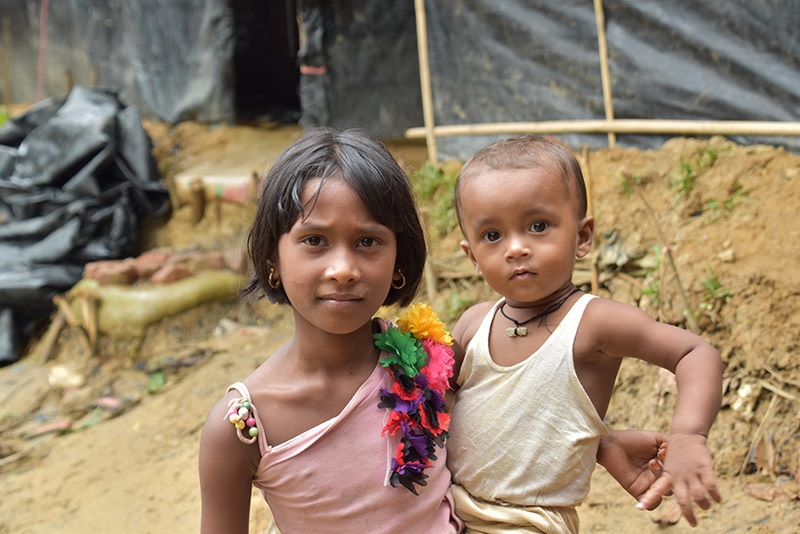Highlighting a range of issues from child survival to educational attainment and exposure to violence, the global dashboard will help policymakers, health practitioners and the public track progress across several key factors that affect children's health and futures.
Currently, 4.9 million children under the age of five die each year, almost half of whom die within the first month of life. Current trends mean that 59 countries will miss the UN Sustainable Development Goal (SDG) target for reducing under-five mortality. In light of these statistics, at the 77th World Health Assembly, countries committed to accelerating efforts to improve maternal and child health and survival (resolution WHA 77/5).
Data is crucial to these efforts, helping countries monitor the impact of their programs and policies and guide interventions to close gaps. In line with these goals, the updated Child Health and Well-Being Dashboard aims to capture progress against several key indicators grouped under four key areas:
Survival indicators track infant, child and adolescent mortality. Development indicators track infant breastfeeding rates, early physical and emotional development, and learning outcomes in school. Protection indicators track exposure to violence and child labour, maternity protection, and prevention of inappropriate marketing of formula products. Participation indicators track appropriate care-seeking behaviours (e.g. parents seeking medical care when their child has a high fever), birth registration, and school attendance and completion. Supporting contextual and policy indicators track poverty levels and food security, as well as environmental factors such as sanitation, emissions and pollution.
The dashboard includes data for 196 countries and territories around the world. In addition to country-specific data, it also provides a global analysis of factors affecting child health and identifies areas that require attention in international forums and policies. For example, the indicator most countries (144) address out of 196 countries is safe motherhood, which is essential to support the mental and physical health of women and babies during pregnancy and after birth.
The World Health Organization (WHO), the United Nations Children's Fund (UNICEF) and the Child in All Policies (CAP-2030) initiative launched the Child Health and Well-Being Dashboard in May 2022, aiming to provide national policymakers with a database tool to guide health programming, policy development and evaluation.
The updated version includes more up-to-date data, downloadable datasets and a more user-friendly interface, in response to requests from policymakers, academics and civil society stakeholders at a May 2023 town hall event.
The indicators were selected through a prioritization exercise aligned with the SDG framework, the UN Convention on the Rights of the Child, and other relevant policy commitments on child health and development.
The updated dashboards are now available on the WHO, UNICEF and CAP-2030 websites.



